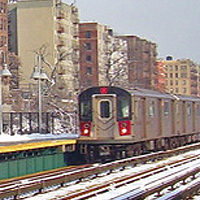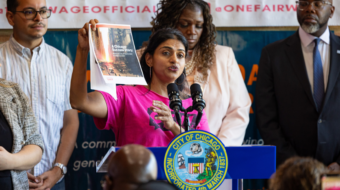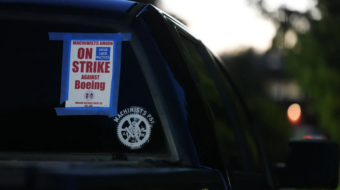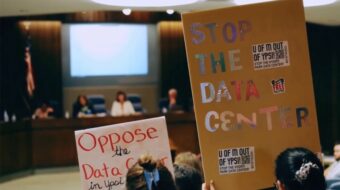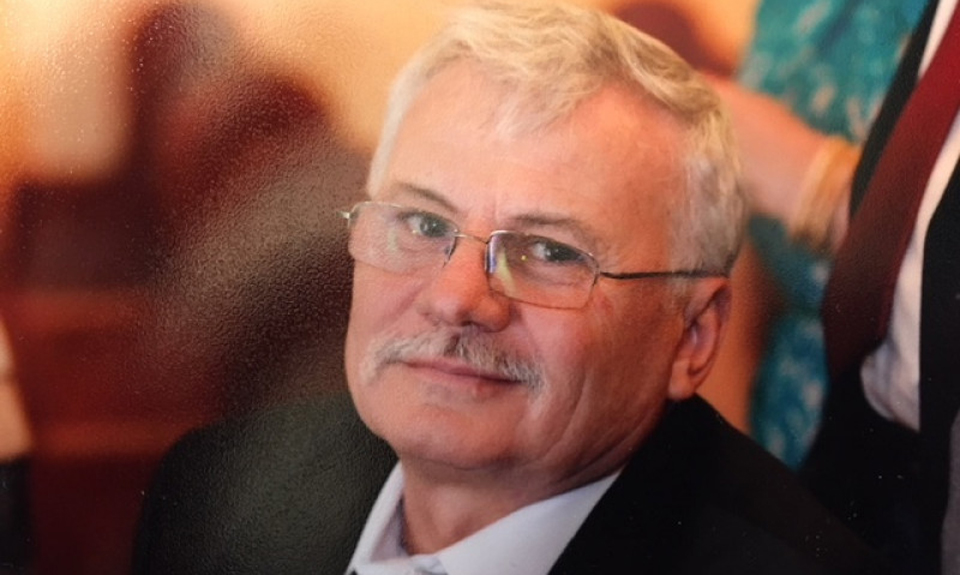
After sharing a Facebook post about the financial turmoil in which he was embroiled Doug Schifter killed himself last February with a shotgun in front of City Hall. A month later Nicanor Ochisor, described by his son as someone who was “irritated,” “depressed,“ and “angry” over his finances hung himself until he died in his garage in Queens. In May Kenny Chow disappeared from his home, also in Queens. His body was later found floating in the East River.
All three were cab drivers whose livelihoods had been destroyed by what some call the “shared economy,” a buzzword for a new and intensive form of exploitation of workers.
“Shared economy” is nothing more than a term that papers over very real antagonism, the main social contradiction between capital land labor. The boss shares most of what the worker produces with himself.
Further, “shared economy” is a tacit admission that capitalism – a system based on the private appropriation by a few of the unpaid labor of the many, can no longer provide jobs that can both sustain workers while the owners of capital enrich themselves. Since capitalism can’t do both it settles for one – the enrichment of the capitalists to the detriment of the workers. As the crisis of capitalism deepens we will here more and more of these types of terms. (A rip off economy is called a “shared economy,” an exploited worker is called an “associate,” so on and so forth.)
What does all this have to do with the suicides in New York?
An example of a capitalist enterprise that prides itself as a manifestation of the “shared economy” and a place where “associates” share in the profits is Uber, the transportation behemoth. Despite false images of happy “associates” sharing all the money Uber’s model drives down the wages and working conditions for taxi drivers, in and outside of Uber, while squeezing workers for larger and larger profits for itself. They actually admit they are not paying a living wage and brag about what they call the “casualization” of what was once a serious industry in which workers could make a living. They try to appeal to you to run a few jobs on your way to and from your “regular job” to increase your earnings. They admit, in fact, that earning a living from just one job has become impossible for many millions of workers. They put a downward pressure on your wages, regardless of what you do for a living, regardless of whether you work for them or for any other cab company.
Some years ago, New York City Mayor Bill de Blasio tried to keep Uber out of the city – the way London kept it out in the UK. Unfortunately de Blasio was overridden by the New York City Council which had come under the sway of Uber’s propaganda. The result was the eventual destruction by Uber and Lyft of the taxi industry in New York City.
That decline and fall of the taxi industry has had some very real and very personal consequences, among which are the suicides of these taxi driving New Yorkers.
Doug Schifter, took his life with that shotgun in front of City Hall.
Ochisor hung himself in his own garage in Queens. His family blames the growing hopelessness he felt over his fortunes as a cab driver. “It depressed him, it irritated him, it probably angered him – maybe all three,” his son Gabriel said in an interview at the family’s home.” It was definitely a factor (Uber’s takeover of the industry). Otherwise we can’t piece together any other factor.”
Ochisor’s was the fourth suicide since the end of 2017 but not the last.
Just this May cab driver “Kenny” Chow, 56, who also lived in Queens, disappeared from his home. He was the one whose body was found floating in the East River.
It’s too late for Chow, Ochisor and Schifter but the rash of suicides has forced a re-examination of the situation by the City Council – discussion of curbs on Uber is now back on the agenda.
“I think the caps are the kind of thing we need to talk about again,” the mayor said in a recent radio interview, “because the situation has gotten worse….both in terms of the pressure that’s being put on the medallion owners and other everyday taxi drivers, but also because of congestion.”
So the New York City Council seems to be coming around.
Mark Levine, a member of the council has said: “New Yorkers see the congestion issue much more apparently. It’s clear now. I also think empirically we’re seeing it’s much harder to make a living driving a cab.”
Although Uber’s exploitation of its drivers reflects the main contradiction in capitalism, the contradiction between capital and labor, it promotes other cntradicitons too, including those that arise betwwn drivers and customers, for example, in effect pitting one group of workers against another.
Indeed Alix Anfang, a spokeswoman for Uber, defended Uber’s growth in New York, arguing that drivers keep up with a demand in the boroughs outside Manhattan for a reliable transportation option. “Capping the number of Ubers would only hurt the millions of outer borough riders who have long been ignored by yellow taxis and who don’t have access to reliable public transit,” Ms. Anfang said.
First of all, Anfang’s statement is questionable; there are ample green cabs available to service the outer boroughs, Anfang is just trying to pit drivers against riders. In fact the problem is that with too many Uber and Lyft cars on the road there is too little money to be made and there is downward pressure on the wages and working conditions of everyone in the city.
It’s great now that the mayor and city council will be working on ways to lessen the impact of transportation giants like Uber and Lyft. This is a good thing but it doesn’t address the underlying question; How do we secure a decent life for New York City cab drivers in the global economy, an economy that has created more millionaires and billionaires since the great recession while the federal minimum wage remains at $7.25 and 140 million Americans live under or just above the poverty line?
There are some ways, short of socialism now, to alleviate the situation. These include a leveling of the playing field through fair taxation. The top one percent of earners could, for example, be taxed at the rates they were taxed in the 1950’s and 60’s – 42 to 90 percent depending upon income. How that rate has dwindled to 15 and 18 percent makes for another article but the burden of the shift from the 1percent to the rest of us has become very sharp — for many, unbearable.
In addition, reforming the present system would mean universal health Care, affordable housing, a guaranteed living wage based on real figures of the Congressional Budget Office with COLA based increases. Also at least some economic planning would go a long way to leveling the playing field for the working class and not least of all, making a gigantic effort towards a green sustainable environment.
Of course, there are other reforms that should be made but if we don’t want more suicides. The governor, the City Council and the mayor must address this tragic unacceptable problem of capitalist saturation.



